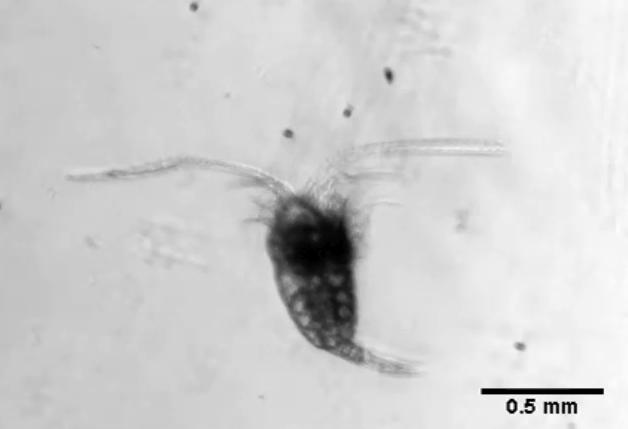In a recent article we study how zooplankton detects its prey without using vision.

With very few exceptions, microscopic animals belonging to zooplankton lack visual organs and do not rely on vision to detect and capture thei prey. Rather they need to rely on other non-visual signals which propagate in the aquatic environment. For a few decades now, it was accepted that one of the most important microscopic animals in the ocean (copepods) detected their prey using “long-distance” chemical signals (something like olfaction).
A recent article publishes a study (done together with Denmark Technical University) which challenges this idea. Results show that actually copepods rely much more on tactile signals (ie they have to practically “touch” the prey using mechanoreception) to detect a particle and then capture it (so to ingest it or reject it).
This has implications for our understanding of aquatic ecosystems and trophic web modeling.
The article was published by the journal Limnology and Oceanography (link to paper).
Complete reference
Funding
The study was funded by Centre for Ocean Life (Villum Foundation, Denmark), Agencia Nacional de Promoción Científica y Tecnológica de Argentina (FONCyT – PICT 2438), Consejo Nacional de Investigaciones Científicas y Técnicas (Argentina).